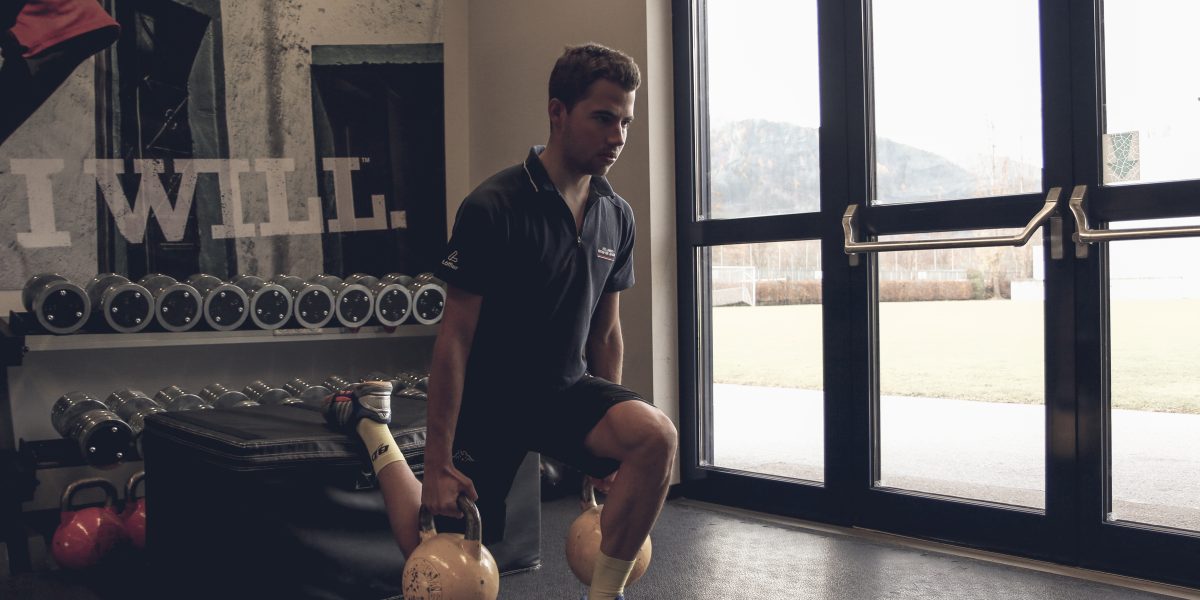Strength & Endurance Training = (Im) – Possible?

Throughout history, strength training has been considered a crucial aspect for most types of sport. However, in some team sports or endurance disciplines, resistance training has been seen as an obstacle for improving performance. The main argument for this claim is the fact that gains in body volume would have a negative impact on the endurance of athletes. In other words, an increase in athletes’ weight could lead to slower performance abilities in their sports.
Because of the fact that both, resistance and endurance training, produce different types of physiological adaptations in athletes, coaches should be aware of the way they plan their training programs keeping in mind determinant factors such as intensity, frequency or volume of training, in order to prevent the athletes from overtraining. Coaches nowadays are confronted with a hard time, trying to balance the strict competitions calendar with resistance training in endurance sports. Hence, what is the key to avoid physical and mental overtraining? As a coach who trains with high performance athletes on a daily basis you can observe the stress the athlete encounters during the season. It is a challenging job working with endurance young athletes, especially when they have not graduated high school yet, and when they can hardly manage to combine academics with sports. Sometimes the challenge of combining school and sport can result in low performance levels in both areas, distress, and/or nutrition problems.
Nowadays, in contradiction to former convictions, resistance training has shown positive effects on competition results in combination with endurance training due to concurrent training (defined as simultaneous training for adaptations associated with resistance and endurance training). Both types of training generate opposite interferences at adaptive level because they cause different adaptations in our body. Possible causes of the above mentioned interferences in the improvement of concurrent training could be on the one hand the residual fatigue in the neuromuscular system because of the diverse stimuli generated in previous workouts, on the other hand the overtraining produced by imbalances in the recovery processes of athletes. An important question we have to ask ourselves at this point could be: how do we periodize to reduce those interferences to a minimum?
There are some strategies that can be highly effective in reducing the negative effects of concurrent training:
- with proper periodized training, a heavy training phase (high intensity) will have fewer objectives, producing positive adaptations in high performance athletes.
- Three sessions a week of resistance training seem to be sufficient for achieving improvements in strength levels and decreasing the negative effects of concurrent training.
- Likewise, the optimum volume of performance strength training sessions by each athlete also seems to be decisive to minimize the interference phenomenon.
- Performing strength training sessions prior to the endurance ones allow athletes to maintain high levels of quality and quantity of training during resistance sessions.
- The combination of strength training focused on hypertrophy with the high intensity in endurance training (close to the VO2max) appears to not be recommended to
generate a high stage of interference. This is due to the fact that both capacities develop completely opposite peripheral adaptations. - Avoiding training to muscular failure allows athletes reducing part of the metabolic and hormonal stress that involves resistance training, facilitating a recovery of the body more quickly.
- Distancing strength and endurance training sessions targeting the same muscle groups can facilitate their recovery and a better adaptation to the training stimulus.
Since the 80’s concurrent training has been considered to be effective for simultaneously synchronizing resistance and endurance training programs. There are many variables to keep in mind while training with athletes, some of them just scape from our knowledge and it is not an easy task to control them. A couple of examples could be: reasons of different moods of our athlete or how their environment (family, friends, etc.) improves or decreases their achievements. A good and experienced conditioning coach told me once: “You will be an excellent coach when you will be able to realise when your female athletes have the menstruation”. So far but so close.
von Antonio Pérez del Rio, MSc





